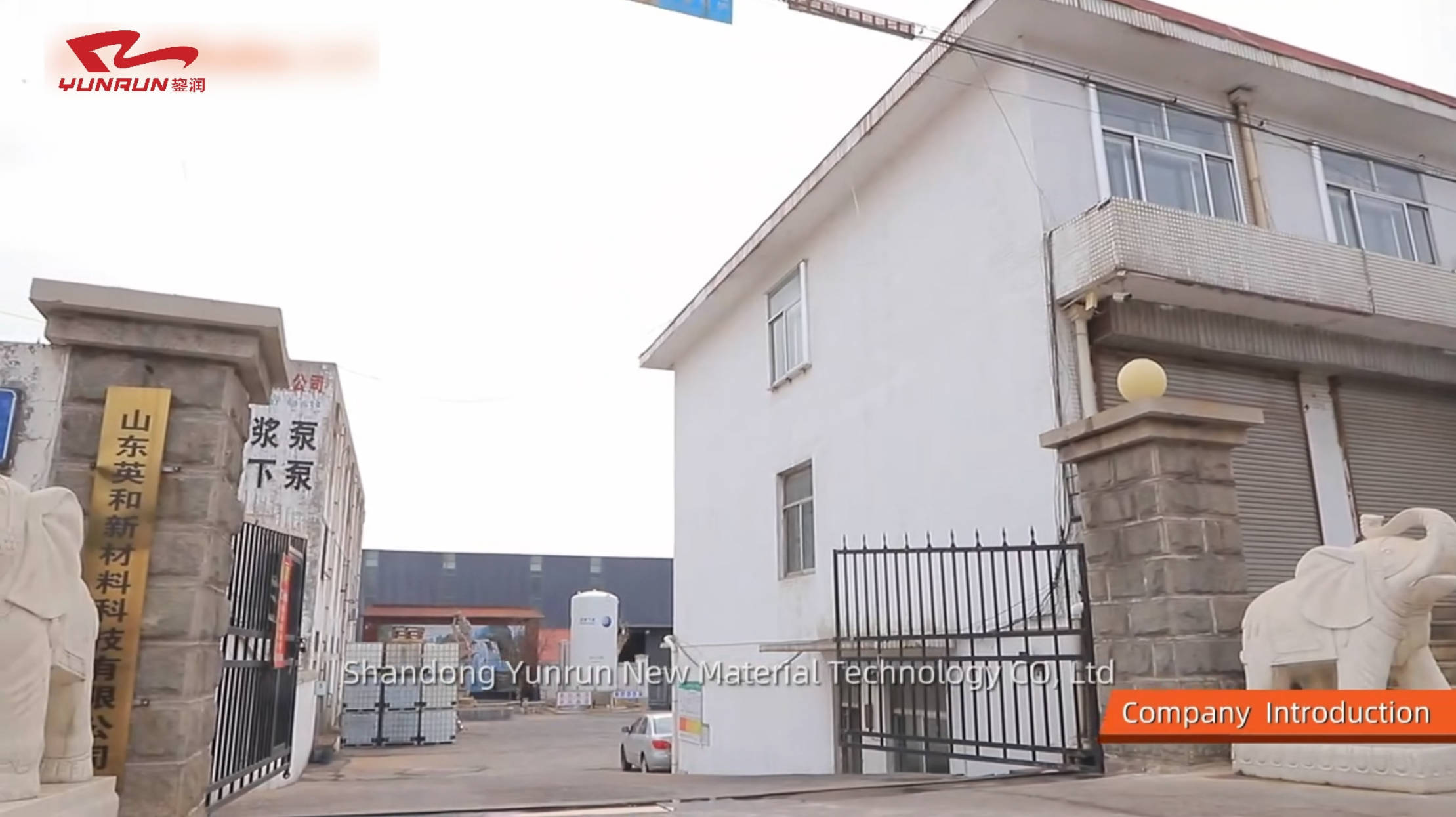Mastering the Art of Applying PU55: Essential Techniques for Auto Glass Professionals
Mastering the Art of Applying PU55: Essential Techniques for Auto Glass Professionals
Table of Contents
1. Introduction to PU55 and Its Importance in Auto Glass Repair
2. Understanding PU55: Composition and Characteristics
3. Essential Tools and Materials for PU55 Application
4. Techniques for Applying PU55: Step-by-Step Guide
5. Best Practices for Optimal PU55 Application
Aug 04,2025
Mastering the Art of Applying PU55: Essential Techniques for Auto Glass Professionals
Table of Contents
- 1. Introduction to PU55 and Its Importance in Auto Glass Repair
- 2. Understanding PU55: Composition and Characteristics
- 3. Essential Tools and Materials for PU55 Application
- 4. Techniques for Applying PU55: Step-by-Step Guide
- 5. Best Practices for Optimal PU55 Application
- 6. Common Mistakes to Avoid When Using PU55
- 7. Safety Precautions When Handling PU55
- 8. Conclusion: Achieving Excellence in PU55 Application
- 9. FAQs About PU55 Application Techniques
1. Introduction to PU55 and Its Importance in Auto Glass Repair
In the world of auto glass repair, **PU55** polyurethane adhesive stands out due to its remarkable strength, flexibility, and durability. Mastering the application of PU55 is crucial for auto glass professionals aiming to provide quality service and ensure the safety of vehicle passengers. This guide discusses effective methods for applying PU55, helping professionals achieve seamless repairs while enhancing their skill sets.
2. Understanding PU55: Composition and Characteristics
**PU55** consists of a unique blend of polyurethane polymers that create a robust adhesive matrix. This adhesive is engineered to withstand various environmental conditions, making it particularly suitable for auto glass applications. The key characteristics of PU55 include:
- **High Bond Strength**: Offers exceptional adhesion to glass and vehicle frames.
- **Elasticity**: Accommodates movement and vibrations, preventing cracking or breaking.
- **Resistance to Moisture and Chemicals**: Protects against rain, road salt, and other harmful substances.
Understanding these properties is essential for achieving the best results during application.
3. Essential Tools and Materials for PU55 Application
To successfully apply PU55, having the right tools and materials is imperative. Here’s a list of must-haves:
- **PU55 Adhesive**: The primary material for application.
- **Caulking Gun**: Essential for precise application.
- **Masking Tape**: Helps create clean lines and protect areas from adhesive overflow.
- **Utility Knife**: For trimming any excess adhesive.
- **Cleaning Solvent**: To prep surfaces by removing dirt and grease.
By utilizing the right tools, professionals can ensure a smooth and efficient application process.
4. Techniques for Applying PU55: Step-by-Step Guide
Mastering PU55 application requires a systematic approach. Follow these detailed steps for effective application:
Preparation of the Surface
1. **Clean the Area**: Thoroughly clean the surfaces where PU55 will be applied using a suitable solvent. This step is critical for ensuring proper adhesion.
2. **Dry the Surface**: Ensure that the cleaned surfaces are completely dry before proceeding.
Applying PU55
1. **Load the Caulking Gun**: Insert the PU55 cartridge into the caulking gun.
2. **Cut the Nozzle**: Trim the nozzle at a 45-degree angle for optimal flow and control of the adhesive.
3. **Test the Flow**: Before applying to the glass, dispense a small amount to ensure a steady flow.
4. **Apply Consistently**: Start at one corner and apply PU55 in a continuous bead along the edge. Ensure an even thickness for maximum strength.
Finishing Touches
1. **Smooth the Application**: Use a putty knife or your finger (wearing a glove) to smooth the bead of PU55 for a clean finish.
2. **Remove Masking Tape**: Carefully remove any masking tape before the adhesive sets to avoid pulling off any cured material.
3. **Curing Time**: Allow the PU55 to cure according to the manufacturer’s specifications. This is essential for achieving maximum bond strength.
5. Best Practices for Optimal PU55 Application
To ensure the best outcomes, consider the following best practices:
- **Temperature Control**: Apply PU55 in ideal temperature conditions, typically between 50°F and 80°F, to ensure optimal curing.
- **Humidity Levels**: Be mindful of humidity; excessive moisture can affect adhesion.
- **Use of Primer**: In some cases, applying a primer before PU55 can enhance adhesion, especially on challenging surfaces.
By adhering to these practices, professionals can significantly improve their application results.
6. Common Mistakes to Avoid When Using PU55
Avoid these common pitfalls to enhance your PU55 application:
- **Skipping Surface Preparation**: Neglecting to clean surfaces can lead to weak bonds and premature failure.
- **Inconsistent Application**: Applying uneven beads can compromise the integrity of the bond.
- **Ignoring Curing Times**: Failing to allow adequate curing time can result in subpar performance.
Recognizing and avoiding these mistakes can lead to significantly better outcomes.
7. Safety Precautions When Handling PU55
When working with PU55, adhering to safety standards is crucial. Follow these precautions:
- **Wear Protective Gear**: Use gloves, goggles, and masks to protect against fumes and skin contact.
- **Ensure Ventilation**: Work in a well-ventilated area to minimize inhalation of fumes.
- **Proper Disposal**: Dispose of any leftover adhesive and packaging according to local regulations.
Prioritizing safety ensures a healthier working environment and protects against potential hazards.
8. Conclusion: Achieving Excellence in PU55 Application
Mastering the application of PU55 is a vital skill for auto glass professionals. By understanding the properties of PU55, using the right tools, and following best practices, technicians can ensure strong, durable, and aesthetically pleasing results. Continuous improvement and adherence to safety protocols will not only enhance personal skills but also contribute to overall customer satisfaction.
9. FAQs About PU55 Application Techniques
1. What is the curing time for PU55?
The curing time for PU55 varies by manufacturer but typically ranges from 24 to 48 hours for full strength.
2. Can I apply PU55 in cold weather?
While it’s best to apply PU55 within the recommended temperature range, some formulations are designed for colder conditions. Always check the manufacturer's guidelines.
3. How do I clean excess PU55 after application?
Use a suitable solvent or cleaner recommended by the manufacturer to remove any excess PU55 while it is still wet.
4. What surfaces can PU55 be applied to?
PU55 adheres well to glass, metal, and certain plastics, making it versatile for various auto glass applications.
5. Is PU55 safe for automotive use?
Yes, PU55 is specifically formulated for automotive applications and is safe when used according to the manufacturer's instructions.
With this guide, auto glass professionals can confidently utilize PU55, ensuring high-quality repairs and enhancing their craft in the industry.
PREVIOUS:
Others




